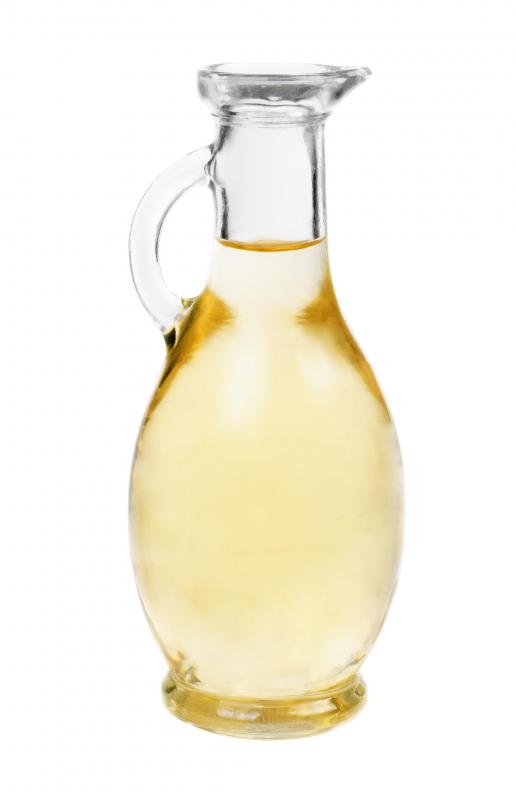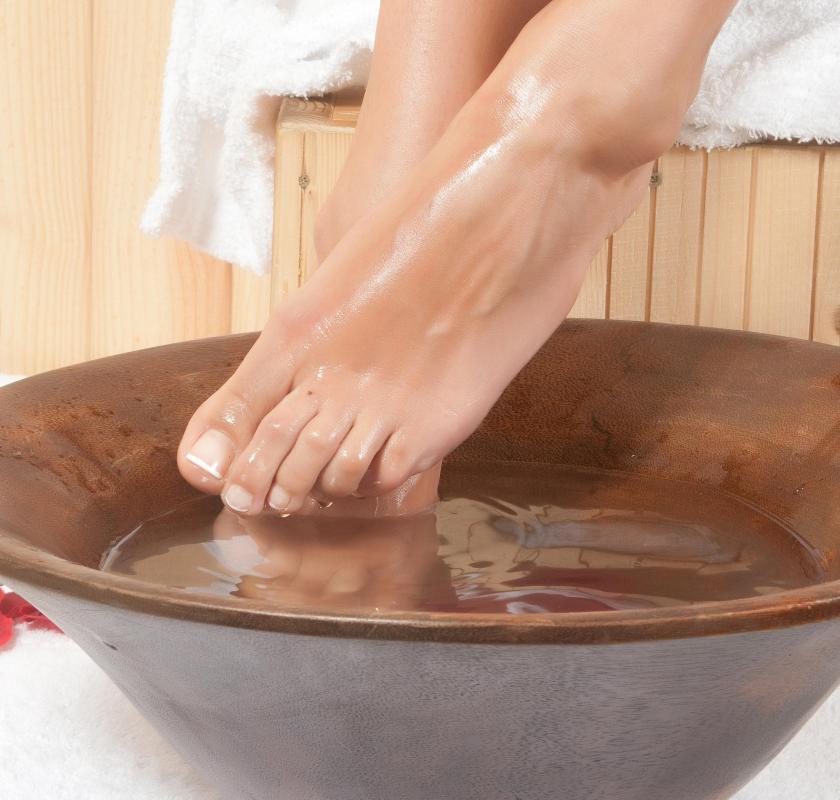At TheHealthBoard, we're committed to delivering accurate, trustworthy information. Our expert-authored content is rigorously fact-checked and sourced from credible authorities. Discover how we uphold the highest standards in providing you with reliable knowledge.
What is Onychocryptosis?
Onychocryptosis is also called Unguis incarnates, but is much better known as an ingrown toenail. This extremely painful condition results when a toenail begins growing into the skin of the toe, and can reduce mobility when the toenail is severely ingrown. While many cases of onychocryptosis can be treated at home, extremely ingrown toenails may require corrective surgery.
Ingrown toenails commonly affect the largest toe on the foot. They occur when the toenail begins to grow in a sideways fashion instead of growing from the base to the tip of the toe as is normal. This sideways growth can cause the growing nail to begin embedding itself into the skin beside the nail bed. Symptoms include pain, swelling, and redness of the affective area. A yellow or clear fluid may drain from the nail bed of the toe. Ingrown toenails are also more susceptible to infection in cases where the skin is broken.

Certain people are at increased risk of developing an ingrown toenail. At-risk people include those who wear poorly-fitting shoes, have suffered a traumatic foot injury, have a congenital foot injury, have an infection or fungal disease of the nail, or have short toenails or long toes. People with diabetes and other circulatory disorders are at increased risk of infection and other complications if a toenail becomes ingrown.

An uncomplicated case of onychocryptosis can be treated effectively at home. The recommended treatment is to soak the affected foot two to three times daily in warm water. Epsom salts or white vinegar can be added to the water to help healing and prevent infection. When not soaking, the foot and leg should be kept elevated as much as possible. If the toenail does not improve after five to ten days of this treatment, or if symptoms worsen at any time, medical advice should be sought as soon as possible.

People with diabetes or who are at risk of complications for other reasons should not attempt to treat an ingrown toenail at home. The increased risk of complications means that it’s important to seek medical advice for even a mild case of onychocryptosis. A doctor or podiatrist may recommend antibiotics to prevent infection, or may perform a minor procedure to help prevent the nail from embedding more deeply within the nail bed.

Possible surgical treatments for an ingrown toenail include partial or complete removal of the affected nail. Both of these procedures can be carried out by a podiatrist. Following the procedure, careful monitoring of the nail is required as it grows back over the course of several months. An ingrown toenail may recur even in cases where the entire nail is removed, so it is important to ensure that the nail grows back correctly.
AS FEATURED ON:
AS FEATURED ON:
















Discussion Comments
You must be careful when cutting the nails on your toes. Sometimes if they're real long sideways and dirty it grows a fungus. If it's also cut, it may get infected.
I had no idea there was a medical term for ingrown toenails. Maybe I'll surprise my podiatrist by asking for onychocryptosis treatment during my next appointment. Every so often, I develop fungal nail infections that must be treated by a professional. It all started with an untreated ingrown toenail.
The only advice I have for people is to only trim the top portion of your toenails, and only straight across. Trying to trim the sides of the toenail, like you might with fingernails, can create sharp corners that will dig into your skin and become ingrown.
One thing I've heard you can do to prevent ingrown toenails is to clip out a V notch in the middle of each big toenail. Supposedly, the nail will grow inward from both sides and not dig into the side of the toe. I've tried it a few times myself and I think it's worth a try, anyway. I still get an occasional ingrown toenail, but not as often as I used to.
Post your comments